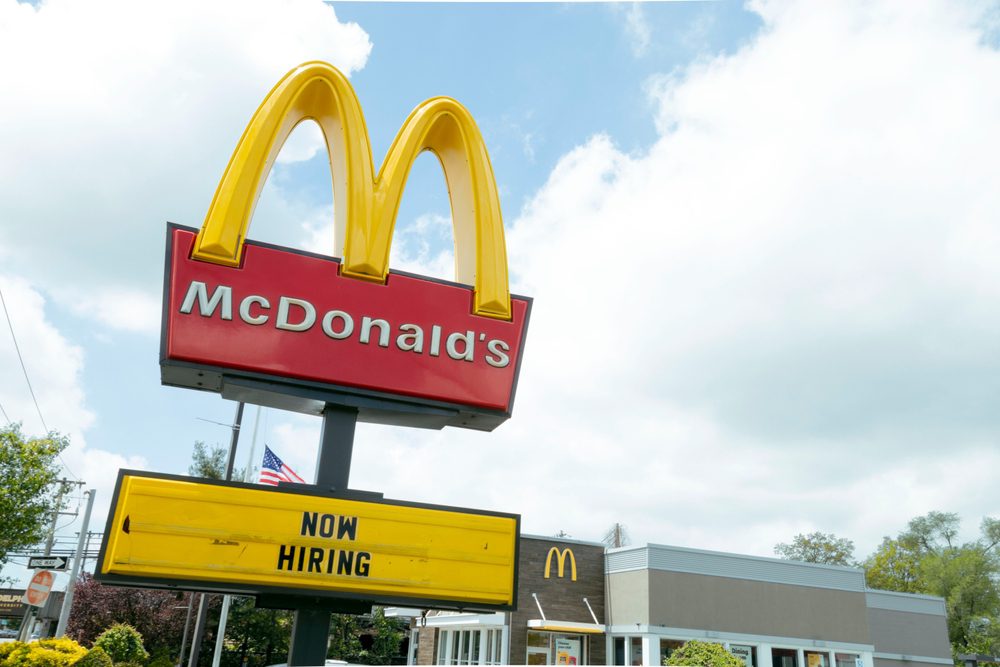According to a recent white paper published by security firm McAfee, sales conversions see significant increases when a visible indication of security is seen.
After studying the behavior of 163 million shoppers, McAfee found that sales conversions were 11 percent higher for digital window shoppers who saw a security cue.
Digital window shoppers are defined by McAfee as those online shoppers who “start shopping on a site, leave for a period of time and return later to complete the sale.”
The study also found that 65 percent of online shoppers wait a day or more to complete a purchase, with the average delay at 33 hours and 54 minutes.
“Retailers shouldn’t misinterpret abandoned shopping carts – many of these potential sales return later to finalize the sale,” said Shane Keats, senior research analyst at McAfee. “Understanding this delay is critical for merchant analytics.”
McAfee refers to a Harris Interactive survey that found 63 percent of consumers saying that even a good deal can’t tempt them to make a purchase from a Web site that doesn’t show a trustmark or security policy, and notes that $21 billion in online sales was lost due to identity theft and online shopping fears, according to Javelin Strategy and Research.
“Online retailers who ignore the role security plays in converting digital window shoppers to customers are missing out on billions of dollars they can’t afford to lose in this economy,” Keats said in a statement.
McAfee lists four recommendations for online retailers who are battling abandoned shopping carts:
“1) Make Consumers Feel Safe on Every Page.
Online retailers should use transparent privacy policies and security seals throughout the entire shopping experience to reassure consumers that their personal information will be safe when shopping on the site.
2) Be Patient. Don’t Panic.
When remarketing to shopping cart abandoners, there is a great risk in approaching them too soon. Likewise, when evaluating the effectiveness of a paid campaign, merchants should factor in realistic timetables for shoppers to complete their transaction. Otherwise, the retailer could annoy the customer who is window shopping or under-represent the campaign ROI.
3) Optimize the Entire Site.
Focusing on shopping cart abandonment can blind retailers to the larger issue of site abandonment. Optimizing check-out is a vital exercise, but retailers should not neglect the rest of the site. Many consumers fail to buy because the entire site experience does not feel secure.
4) Choose the Right Security Cues.
Online retailers should know not all trustmarks are created equal. A recent Yankee Group whitepaper, Trust Marks: What’s Behind the Label Counts, found trustmarks that indicate daily vulnerability scanning, like McAfee SECURE, deliver the highest level of protection, compared to reputation, privacy and SSL trustmarks.”
Chris Crum at WebProNews points to a PayPal survey, which highlighted the top reasons for shopping cart abandonment, including high shipping charges (46 percent), desire to comparison shop (37 percent), lack of money (36 percent), desire to look for a coupon (27 percent) and desire to shop offline (26 percent).
Twenty-one percent cited concerns about security of credit card data as a reason for abandoning their virtual shopping carts.
Sources:</strong
http://newsroom.mcafee.com/article_display.cfm?article_id=3562
http://www.webpronews.com/topnews/2009/09/18/conversions-11-higher-when-customers-see-security
 Network
Network

